Future Objects
An object made for a better future will be locally controlled, indefinitely powered, sustainable, autonomous, private, and imaginative.
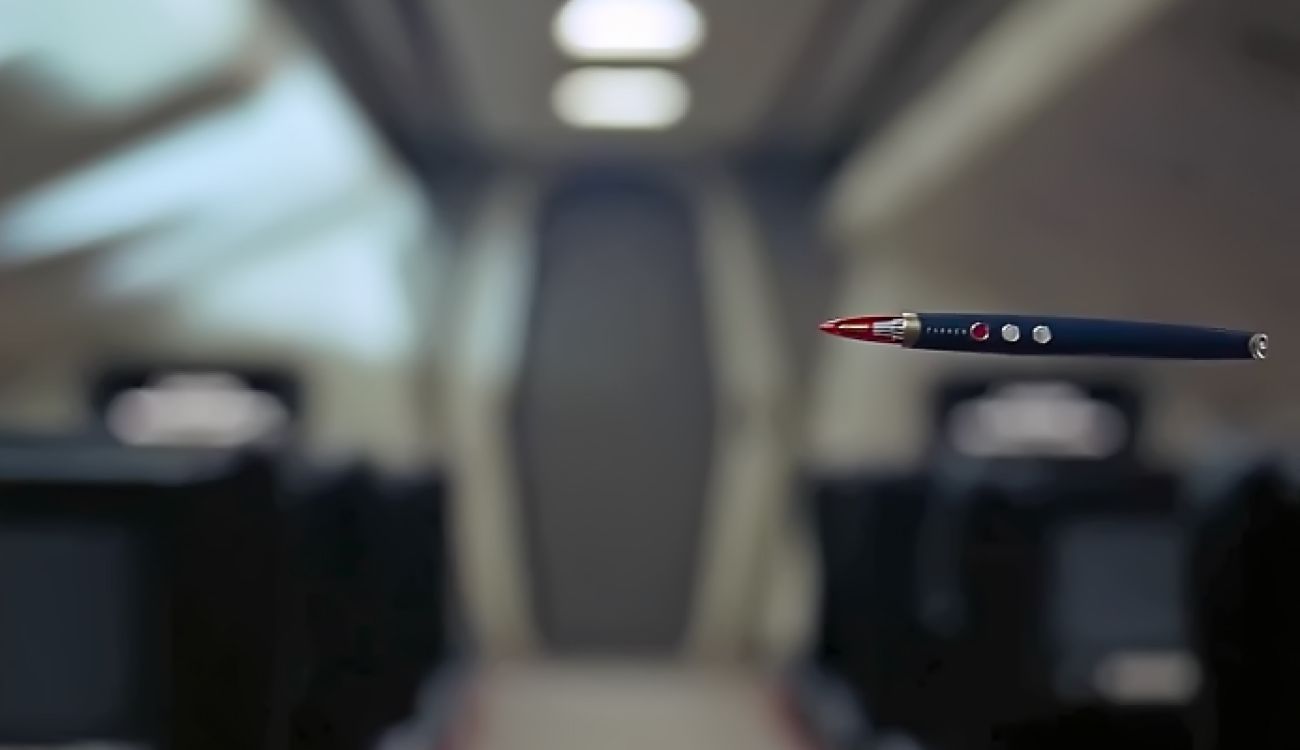
Sixteen years ago, when Bruce Sterling wrote the book, Shaping Things, he envisioned a future in which objects are as much a part of a connected, unseen system as they are a part of the visible, tangible world.
Sterling called these future objects “Spimes,” or, “manufactured objects whose informational support is so overwhelmingly extensive and rich that they are regarded as material instantiations of an immaterial system.” Sterling held Spimes in contrast to “Gizmos,” or the “highly unstable, user-alterable, baroquely multi featured,…commonly programmable,” and short-lived objects that have been crowding our lives since the late 1980s. Your laptop is a perfect example of a Gizmo. So is your phone.
Enthusiastic readers had many different ideas about what Spimes were, and were all very eager to make them. We shouldn’t have been.
In theory, the internet offered the “informational support” that a Spime would need, and as connectivity became cheaper and coverage wider, the feasibility and usefulness of a persistently connected object also increased. With a connected object, who knew what you could do?! It all sounded like a lot of fun. The things is, most objects created since then are still very much, in the Sterling parlance, Gizmos. This is largely because the “informational support” of the internet quickly inverted: it became the object’s job to report back, feeding a central database with information that could be monetized in a variety of ways. It’s also because the single characteristic of being connected quickly overshadowed some of the others that, according to Sterling, also make a Spime a Spime. Sustainability was one of them. We’ll come back to this.
But I should point out that Sterling never suggested that the Spime deserved a warm welcome. He described the filling of the future landscape with Spimes as an infestation.
(Incidentally, an ironic manifestation of our Spime-aspiring Gizmos is that every time I type the word spime, my connected text editor reports my keystrokes back to its central brain, which in turn evaluates my spelling and sends corrections back to the window in which I am working, which results in an immediate and automatic correction of spime to “slime” or “spine”, which I then have to retype. This gizmo does not seem capable of learning that, for me, spime is a real word. The more I correct its corrections, the more alternatives it suggests: “spite”, “spice”, “spin”, etc. I feel a tad bit like Philip K. Dick’s protagonist, Joe Chip, trapped in his own home because he’s run out of money to pay his own front door to let him out.)
Sterling predicted that it would take thirty years for a fully Spime-infested polity to manifest. So, we’re halfway there, potentially. And in looking at the sorts of objects that are most common today and closest to his idea of a Spime — a “primitive” Spime, in Sterling’s words — it’s exactly this sort of object that probably needs to come first in order to pave the way of the true Spime. There are two categories of primitive Spimes, as far as I can tell.
- sPIMES, or small, networked objects that facilitate smarter interactions but require no direct user-interaction with themselves, and…
- SPYmes, or networked objects that trade privacy for the convenience of not having to wrangle with Gizmo functions.
SIM cards and RFID chips in library books are great examples of sPIMES. They’re connected, make experiences with other objects better and more functional, can be moved between objects, and are only as connected as they need be — not to everything, but just the information they act as a courier to deliver.
A smart speaker is a perfect example of a SPYme. It is simple to interact with, connected to the internet, and is the beneficiary of an immense amount of external informational support. After all, that’s the value proposition: just talk to it, and it will do what you want. But the value proposition to the maker of the smart speaker is even stronger: make a listening box and people will tell you everything! The more it learns, the more a future object can be designed to be smaller and more diffuse in our environment; perhaps it’s the SPYme specifically — not the sPIME — that is the future Spime’s ancestor. That can’t be a good thing.
A smart light bulb is another good, albeit more cloaked and focused, example of a SPYme. Smart bulbs are small and distributed throughout your house. With informational support, each bulb can be configured in many different ways to best suit your needs as well as work as a group when needed. They can also tell their owners a lot about you and your home. Unfortunately, configuring a smart bulb requires a Gizmo. As an owner of many smart bulbs, I’ve cursed myself more than once for ever installing them after spending way too long hunched over my phone, fussing with different apps designed to help me control them. I’ve never respected the light switch more. Every time I’ve lamented how dumb this so-called “smart” object is.
That may be the epitaph of the primitive Spime: too dumb to be valued; too smart to be loved. After all, everyone loves their smartphone until they resent it, but when was the last time anyone thanked their SIM card?
As interesting — and perhaps even as useful — as Sterling’s future object nomenclature may be, whether an object is a Gizmo or a Spime is, ultimately, irrelevant. The world will likely contain both for a long time to come. What matters to us is whether an object is good. Does it work? Is it reliable? Will it last? Is it a pleasure to use? Does it make our lives better?
A good future object, I believe, will have to be simpler and more elegant than a Gizmo and more valued and trusted than a Spime. There are at least six ways they can do this.
A Future Object is Locally Controlled
Many future objects will benefit from connectivity. To the internet, perhaps; to others like them; to communities of objects that can work together to do complex things for us.
Though BERG’s mission to create cloud services for connected products put them just ahead of an unready market, their genius was that they never forgot the importance of tangibility. The first shot of their prototype video for Cloudwash, a connected washing machine, showed a hand controlling the machine with a smartphone in the foreground, and an elegant control panel on the front of the machine in the background. It made the point that a home appliance could be controlled remotely thanks to internet connectivity. Seven years ago, that seemed very futuristic. But what has aged best about BERG’s Cloudwash is the design of the actual machine’s control panel. It’s a modernist marvel. It’s the sort of design that a human hand will find irresistible. Yes, there are benefits to its connectivity — the video does a fine job of enumerating them — but none are at the expense of using a washing machine the way you are most often inclined to: by hand, at the machine itself. A good future object is locally controlled.
Without the physical control panel, the machine might have been able to go the full monolith. It could have been a sleek, steel slab; a techno-riddle; an idol to hypermodern design. But how would you have done the whites when the internet was down? What if the machine needed repair and none of the appliance service shops near you also had a programmer on staff? The physical interface isn’t just there to make it easier to understand or more pleasurable to use. It’s there as a failsafe. It ensures that the washing machine can still work even if its Spimeyness goes kaput.
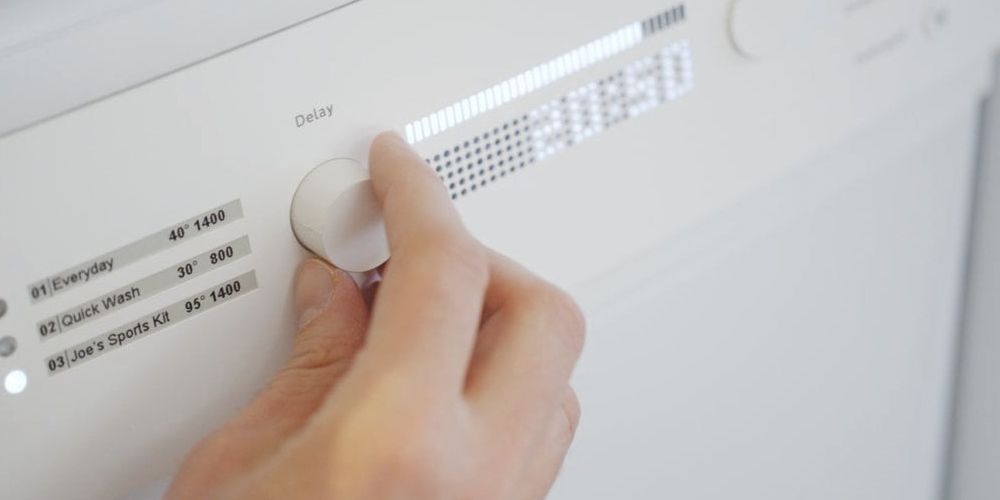
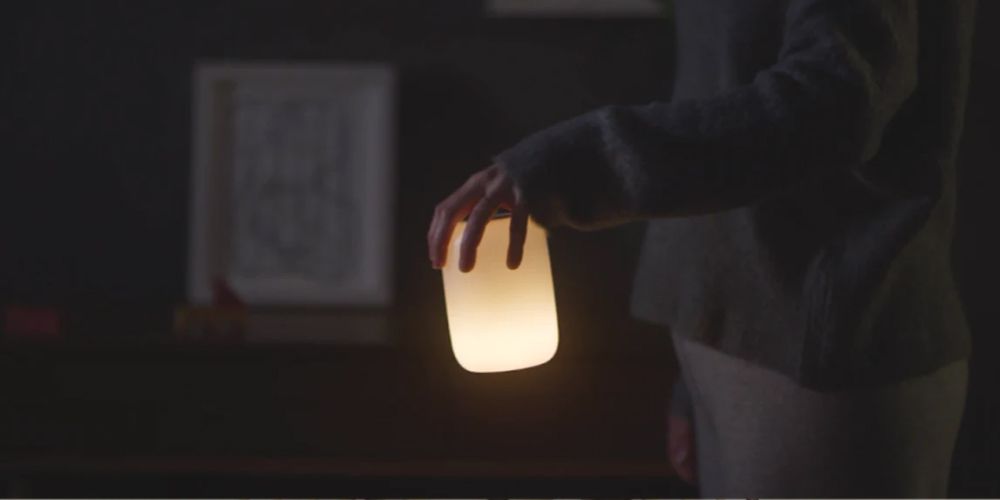
One of the most futuristic objects in my home is Casper’s Glow Light. With the proviso that I’ve never owned one of their mattresses (because I prefer to avoid foam), I think the lamp is actually their best product. It is a connected object. With an app that runs on your phone, you can do things like control the lamp’s brightness and set timers and routines for when it turns on and off. I have never done this. That’s because the lamp is designed to be used by hand.
The Glow Light is a perfect white cylinder without a single switch or dimmer on it — the opposite of the Cloudwash. The secret is inside: a gyroscope. To turn it on, you turn it over. To brighten or dim the lamp, you twist it. If you wiggle it in the middle of the night, it will illuminate just a little bit — just enough to get you down the hall. Using it is incredibly simple and the mechanics aren’t especially complicated, either. The experience, though, is magical.
What makes Casper’s lamp such a success is its focus. It’s only trying to be a bedside lamp. It’s designed with an incredibly specific context and use-case in mind. It doesn’t try to do anything more than provide beautiful, warm light. It won’t tell you the time, what the weather is, who’s texting you, or what’s trending on Twitter. Thank god. It’s connectivity is a bonus, but in my view, an unnecessary feature. What makes this object special is that it’s a gyroscope connected to a light bulb, not a light bulb connected to the internet.
A good future object won’t use connectivity as an excuse to keep you staring at your phone. It may not need connectivity at all.
A Future Object is Indefinitely Powered
True, perpetual, free energy is probably not in our near future. But indefinite power — at least insofar as can liberate you from ever thinking about battery life — certainly could be.
Batteries are useful, but they’re also bad. On the useful side, they store energy. We’re getting pretty good at extending the lifespan of a battery; the number of charge and depletion cycles is increasing, which means we can rely upon them to store power for us for longer. But we’re nowhere near indefinite.
The life of a lithium-ion battery is around 2-3 years or 300 to 500 charge cycles, whichever occurs first. That means we’re all using and disposing of too many batteries. Today, most dead batteries are not recycled; in the US it’s less than 5%. Those that are must go through a complex smelting process to recover valuable elements that is just as resource-intensive and toxic as gathering them to begin with.
Mining the materials used in batteries is incredibly costly and destructive; lithium, especially so. It takes 500,000 gallons of water to extract just one ton of lithium. One ton may sound like a lot of lithium, but to put it in perspective, consider that a single Tesla battery contains over 26 pounds of lithium and just under 500,000 Teslas were sold in 2020. That’s roughly 13,000,000 pounds of lithium. Just imagine the same calculation for the batteries in smartphones. The process of lithium extraction leaves large amounts of waste behind, including manganese, potassium, borax, and hydrochloric acid, all of which can leak into and contaminate the surrounding land, water, and air. Batteries also require cobalt and nickel, both of which are costly and toxic. Cobalt is only found in one place on the planet right now, the Democratic Republic of Congo. Mining there is unregulated and has created numerous humanitarian crises.
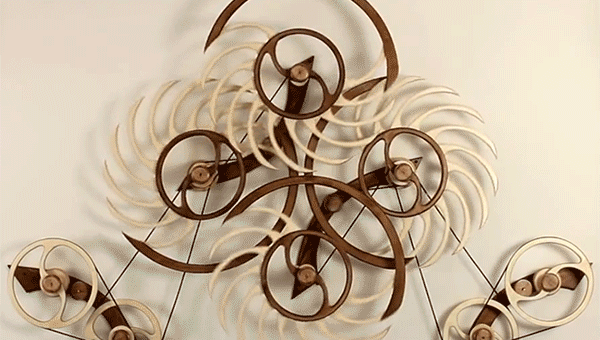
For most of my life, I’ve thought of the future as solar power. Wouldn’t it be great to stop burning fossil fuels to generate electricity, and use the incalculable supply of the sun instead? Of course! But, like any other power supply, what it generates must also be stored. A solar-powered watch uses photovoltaic cells to transfer the suns energy to a watch, by way of a battery. Taking your home off-grid thanks to solar arrays on your property is only possible right now with battery banks large enough to hold days worth of energy so you can keep the lights on when it’s cloudy.
There are other ways to generate power; surely there must be other ways to store it. To me, that’s tomorrow’s innovation. New products like the Matrix Power Watch are a fascinating step toward half of that — it uses thermoelectric energy harvesting to power a watch with body heat (it also can be solar powered) — but the energy still gets stored in a lithium ion battery. They say it will never die, but that’s not really true. No battery is forever.
When I look at objects like David Roy’s perpetual motion sculptures, I catch a glimpse of a different future. What he is harnessing in physics can power the motion of his objects, sometimes for up to two days! Mechanical watches work on the same principle: by reducing friction, you can maintain motion for quite some time. But you always need input. The motion of a body wearing the watch provides that input. Movements like Seiko’s Spring Drive can provide a power reserve for up to four days, after which the motion of the mechanism will stop without being worn. These principles offer much to small machines. What if we found a way to do the same on a grander scale — to power a home, a town, a city, or a civilization?
It may sound naive to propose such a what-if. But underlying the proposal is a point of view held in stark contrast to assumptions about how to make and power things now. Why don’t we assume that an object that draws power can do so freely and perpetually, and why don’t we assume that most objects should behave this way? The majority of the world would benefit from that kind of a future, while only a small portion benefits from today’s way.
A Future Object is Sustainably Made, Used, and Disposed
Some objects should last longer, and some shouldn’t stick around as long as they do.
There are objects that I expect to last me a lifetime, or at least a good portion of it. A good kitchen knife. A wristwatch. A pair of boots. Furniture. For the right price and with the right care, keeping things like this in good working order for decades is entirely possible.
There are other objects that I wish would last as long, but I know will not. Those things we typically call “devices” are high on the list; anything with a computer in it tends to have a much shorter life.
Though there are plenty of machines made decades ago that still run just fine, it’s far less likely that a computer built today could expect such a long life. Materials and production methods have changed radically since the dawn of the personal computer. They ensure exponentially greater output for far less time. Their portability increases their usefulness while making them vulnerable to damage and loss. And beyond the physical limitations, the pace of software development and its transition to service-based structures ensures that the utility of a machine running it is much more brief.
Will we ever get a smartphone to last a lifetime? Probably not. Modular phones have been prototyped and tested, but fail to reach the market. The ability to swap out components, though, won’t make a phone last forever. But even a phone — modular or not — that lasts three times as long as those sold today would be a remarkable advance.
In the meantime, the production of any object has to contend with the impact of its creation on the world in which it will exist, as well as the impact of its disposal. Objects made to last a lifetime inherently deal with those issues differently. In parallel with environmental issues are economic ones. A product’s life always counterbalances the life of the company producing it. That’s why we all know what planned obsolescence means. While smartphones illustrate this principle well, it applies to all products, from the simplest of everyday objects to the complex luxuries we talk about most.
The endurance of an object is as much a cultural problem as it is a material one.
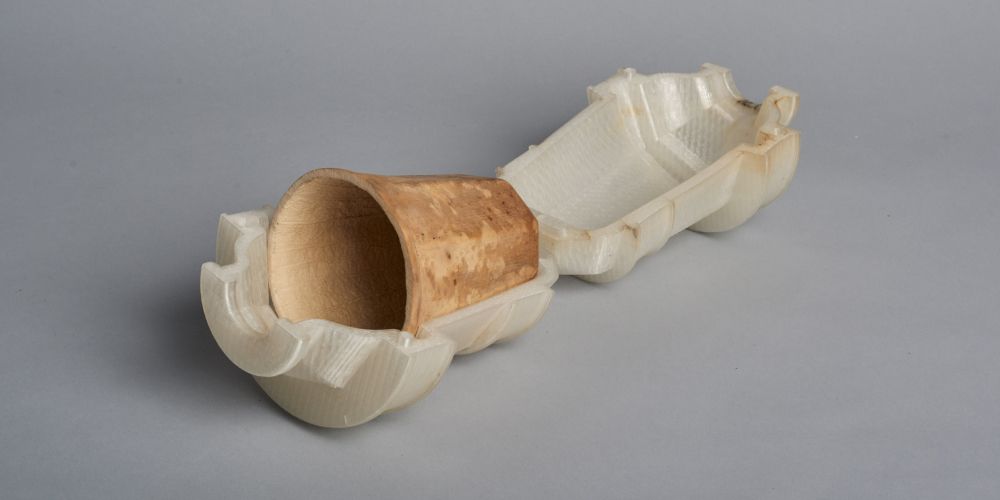
Some objects need not last forever. And for those that are inherently ephemeral, the impact of their creation and disposal becomes even more profound. A single plastic water bottle might be used for minutes, yet take the better part of a millennium to disintegrate. 90% of plastic bottles aren’t recycled, and those that are can only be reconstituted into lower grade plastics. It’s an inefficient and environmentally destructive process to make, use, recycle and dispose of plastic. Is the solution to stop making disposable containers? That’s unlikely, too.
Why not lean in to ephemerality? Why can’t a coffee cup or water bottle be made of easily biodegradable, vegetable-based materials? Many today are compostable; few are composted. Why can’t a coffee shop print out its own disposable cups on site? Why can’t we grow gourds in 3D-printed cup-shaped molds? It may sound strange, but anything is better than burying 50 billion paper cups every single year. Whatever we make this way won’t be able to sit on a store shelf as long as a plastic or paper version, but perhaps that’s a good thing.
A Future Object is Safely Autonomous
Almost eighty years ago, Isaac Asimov wrote down three laws of robotics as part of a short story called Runaround. The three laws were:
- A robot may not injure a human being or, through inaction, allow a human being to come to harm.
- A robot must obey the orders given it by human beings except where such orders would conflict with the First Law.
- A robot must protect its own existence as long as such protection does not conflict with the First or Second Laws.
The plot of Runaround kicks in when a robot experiences the tension of obeying both the second and third laws. I’m sure you can imagine any number of ways a conflict between the two could arise.
Fortunately, we don’t have many machines yet that are sophisticated enough to require this kind of protocol. But we will. And while Asimov’s laws are the result of a fascinating thought experiment about how ethics emerge from existence, but may not translate well when the very nature of existence changes, they’re not exactly the first line of defense against the dangers of automation. Society won’t go from no robots to autonomous, thinking robots that could be at risk of committing murder. There will be a much longer and more diverse in-between; we’re in it now.
The benefit of a robot is that it can be a reliable agent to which we can delegate tasks. To do them well requires mechanical sophistication as well as autonomy. But autonomy is where the complexity of robots goes beyond physical mechanics. The more a robot can do for us, the more complicated its “thinking” must be in wielding its autonomy.
Imagine a house-cleaning robot. We’ve done this many times before — Rosie, in The Jetsons, for example, or the Roomba you might have in your own home. Now imagine that instead of a robot that moves throughout your home to clean it, you home cleans itself. Your home is the robot. I like this idea. I like the idea of a house built to do things like vent its own floors instead of me vacuuming them, purify its own air, recycle and treat its own water, process its own waste, and the like. To do all that would take a lot of machinery and a lot of “intelligence.” Much of that intelligence would take the form of protocols to keep the people living in such a home safe. Lots of if-this-then-that statements that could envision any number of horrible outcomes. On the lighter side of it, how do we ensure that an autonomous house doesn’t surprise us with a different wall color because it will appear cleaner longer? On the darker side, how do we keep it from locking the toddler — the source of all the messes — out of the house?
Self-driving cars seem to be the current stage for debates over the balance of technological prescriptiveness and ethical autonomy, but they won’t be the last. Public transport, healthcare, criminal justice, education — every corner of human life — will be invaded by robots of various kinds. As that happens, the value of a machine will be in direct proportion to how well its autonomy is balanced with its responsibility to our safety.
A Future Object is Private
Plenty of computer scientists and engineering pioneers assumed we’d have robust parallel computing by now, such that virtually any computer interaction could be done untethered from input devices like keyboards, mice, trackpads, and screens. We’re not there yet. We’re getting closer, but there’s a catch: surveillance.
Forty years ago, most computer futurism was held back by disagreement on a fundamental issue: where processing happened. Is it better that a personal computer do all of its processing on its own or connect to a shared machine that does all the processing for an entire network of personal computers? We live now in the answer: virtually every processing-intensive action is done at a distance and packaged in a service we either pay for directly or indirectly. As free as most claim to be, we all know the truth. Google and Siri can answer nearly any query I ask of them, but I know well enough what not to ask. Because someone else is always listening in.
Local processing will always offer less power than a remote, shared resource. But it will also offer more privacy. Perhaps, then, we should begin a process of retracing old steps. Of again making smaller, more focused devices. Things that do less, but can do them on their own.
We simply no longer live in a society which can offer centralized data services and provide a meaningful assurance of privacy. Promises abound, but so do hacks and leaks.
A Future Object is Designed for an Alternate Reality
There’s no point in making something if you don’t expect it to change the world.
That means that making something always has to balance the established benefits of following the rules with the possible benefits of breaking them.
I often think of design prototypes for products that were, by any measure, more exciting and interesting than their final products. What accounts for that? Why does an idea begin with such gusto and, as it becomes more real, lose so much of it?
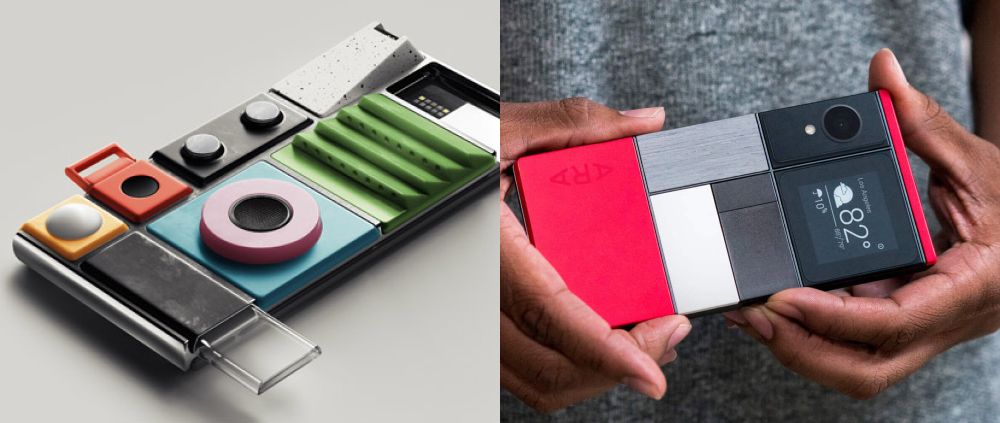
Often, it is in contending with the real world — the practicalities of physical reality — that strips an idea of its magic. Take the difference between a prototype for Google’s Project Ara modular phone and the pre-market variant produced before the project was shut down. Now don’t get me wrong. Both are beautiful. The Ara was just an exciting idea, all around, and I’m disappointed it was canceled. But the obvious difference between prototype and product here is pragmatism. The prototype celebrates modularity with every visual flair possible. Likely, these flairs are at the expense of portability, pocketability, ergonomics, and the like (and it should be pointed out that this particularly flamboyant prototype was for healthcare-focused modules). But the relatively restrained version that almost shipped has just as much to do with the publicly perceived tolerance for color as it does expected strains on production and use.
I can see how the designers behind Ara probably watched Quantum Leap and pined for Al’s Handlink just like I did. But I can also see why any market analysis would have said, let’s try reducing the Pee-Wee’s Playhouse pizazz factor by about 99% and hope this damn thing can fit in anyone’s pocket.
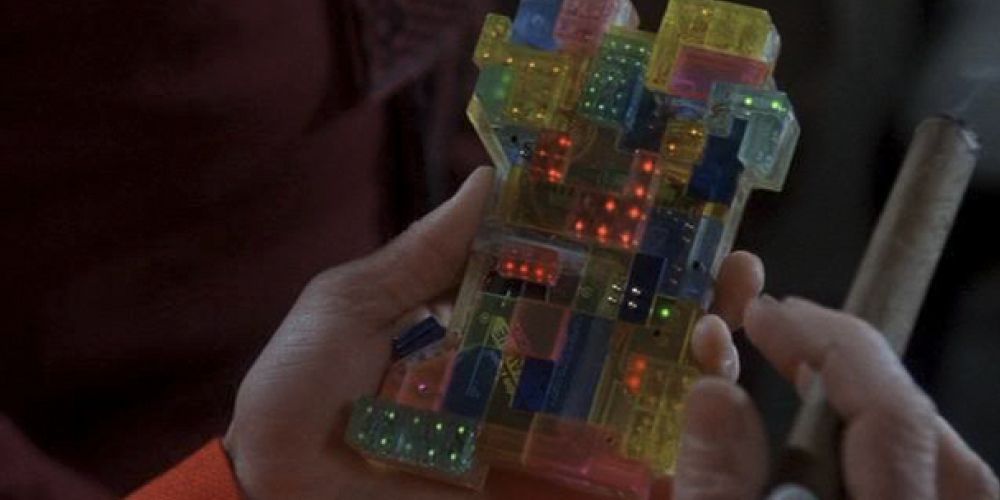
When we make objects, we find ourselves caught between the world in which we make them and the world which will be made by them. Sometimes, the object must be at home in that world. But sometimes the object must be an alien.
The future is just one butterfly effect away — one little choice that might feel at home today but births a series of choices which are increasingly alien to now but at home in tomorrow. That’s understood. But every now and then, we have to make something that is undeniably alien to now. Things like that fast-track ideas and other things that then fast-track a future that might otherwise have never been.
As a fan of the television show Fringe, I was absorbed by the ideas it wrestled with in telling a story of two parallel worlds. Our world and this other, slightly different world — Earth 2 as it became known. There were countless small variances explored. There were different cultural icons, different technologies, different shapes and sizes to common things, different words. I love the idea that an entirely different world could be made just from different choices. That doesn’t have to be a fantasy. Everything we create has the potential to birth an Earth 2.
A good future object will inhabit an alternate reality. You only have to imagine it.
Written by Christopher Butler on
Tagged